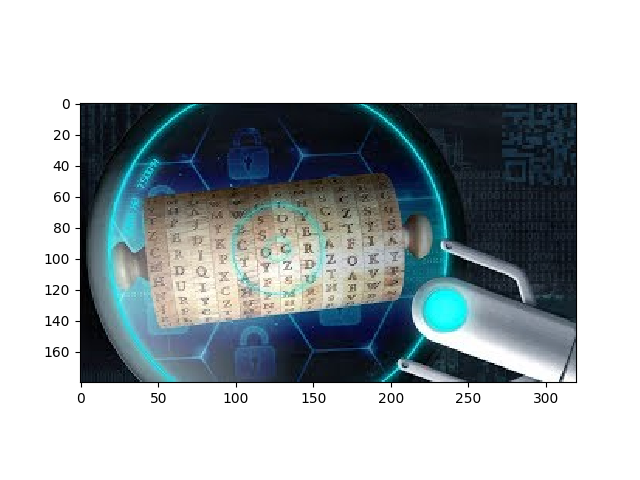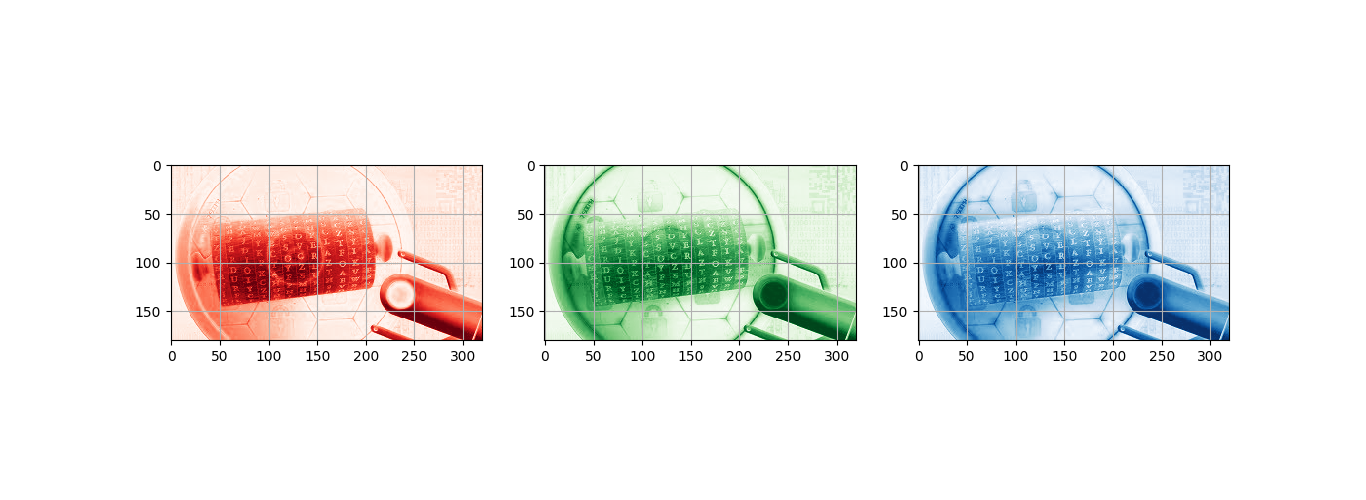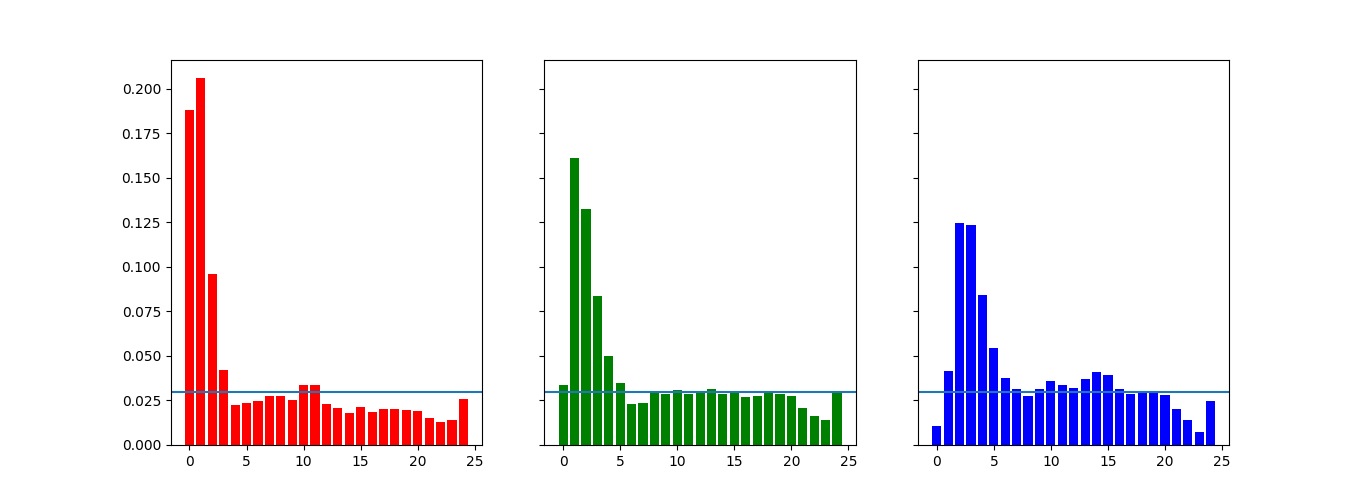Overview
This is a step-by-step of how to classify thumbnail images with deep learning models using PyTorch library. All references to Python code (classes, method) can be found at this GitHub repository.
Problem
- Given two youtube channels, what thumbnail corresponds to each channel?
- It is a problem of image classification.
- We choose two YouTube channels to perform this classification: Nerdologia and Peixe Babel.
Downloading Thumbnails
We are going to use CNN (convolutional neural network) to solve the problem. The first task that we need to do is to download all thumbnails before starting building the machine learning model. This task is performed by the class YouTubeCrawler. We use pyyoutube library o access YouTube videos through an API. Besides, to do the download, you must generate the YouTube API key. See this link to get details about the API key. Then, paste your key in the constructor of YouTubeCrawler class.
class YouTubeCrawler:
def __init__(self):
self.channels = [YouTubeCrawler.PEIXE_BABEL, YouTubeCrawler.NERDOLOGIA]
api_key = '' # paste your key here
self.api = Api(api_key=api_key)
After that, by calling the fetchThumbnails method, you will retrieve 400 thumbnails of each channel.
RGB Colors as Input Features
Each thumbnail image can be described as vectors of RGB colors. R stands for red, G stands for green, and B stands for blue. It means that a thumbnail has three vectors of numbers where each represents how much of the red, green, and blue the image has.
We extract these vectors in the fetchThumbnails method and put them into a Thumbnail class instance.
After this extraction process, you have the original image and the RGBs vectors.
In figure 1, there is an example of a thumbnail of nerdologia channel.
 |
|---|
| Figure 1. Example of a thumbnail |
In figure 2, we plot the same image three times, each one considering one vector of colors.
 |
|---|
| Figure 2. Thumbnail RGB |
In figure 3, we have the RGB distribution represented by histograms.
 |
|---|
| Figure 3. RGB vectors as histograms |
The code that plots figure 1,2,3 is in the plot method in the class Thumbnail.
We also save the downloaded thumbnails in the file thumbnails.npz.
Neural Network Architecture
Once having the input features, the next step is to define the CNN architecture. We put two 2d convolutions followed by relu activation function in the convolution/activation layer. Then, we place a max-pooling 2d function in the pooling layer and flatten the vectors. Finally, we put two linear transformations in the fully connected layer that is followed by a softmax function. The softmax function will say if a thumbnail belongs to nerdologia or peixe babel channel.
In this video, the researcher Serena Yeung explains in detail how CNN works.
The class Net describes our CNN architecture.
Training and Testing Process
Then, we start the training process by dividing our dataset into training and test set.
We instantiate the model (class Net), feed it with data, and calculate the metrics accuracy, precision, recall, and f-measure (F1) to verify the quality of the classifications.
After each iteration, it is possible to see the model improvement in the log:
Train Epoch: 10 [530/574 (91%)] Loss: 0.619260
Train Epoch: 10 [540/574 (93%)] Loss: 0.410600
Train Epoch: 10 [550/574 (95%)] Loss: 0.341183
Train Epoch: 10 [560/574 (97%)] Loss: 0.436197
Train Epoch: 10 [228/574 (98%)] Loss: 1.016665
Test set: Average loss: 0.2127, Accuracy: 94/101 (93.07%), Precision: 0.94, Recall: 0.92, F1: 0.93
Take a look at the method train and test to see how we build the model.
Predictions
Having the model, we can start to make predictions. You inform a new thumbnail and the model will classify it into nerdologia or peixe babel (our channels).
That’s the idea of the method predict.
Below in figure 4, there is an example of a prediction where the model classified the thumbnail as nerdologia.
 |
|---|
| Figure 4. Prediction |
Conclusion
PyTorch is very developer-friendly. It gives you the possibility to define reusable classes/modules in an object-oriented programming manner. I find PyTorch approach flexible and powerful.